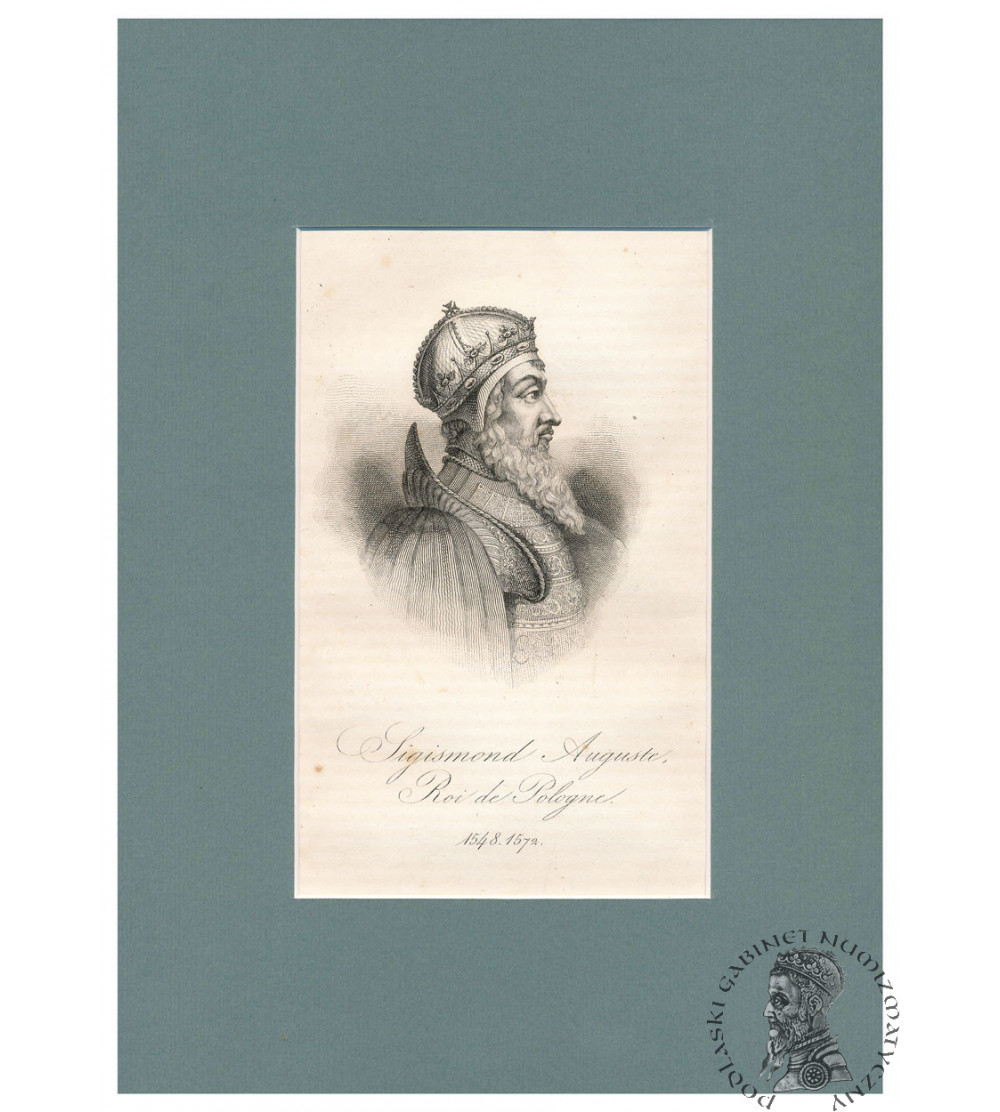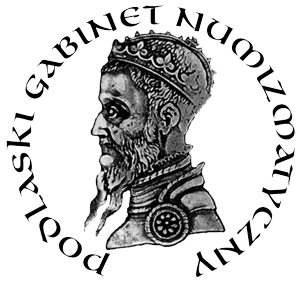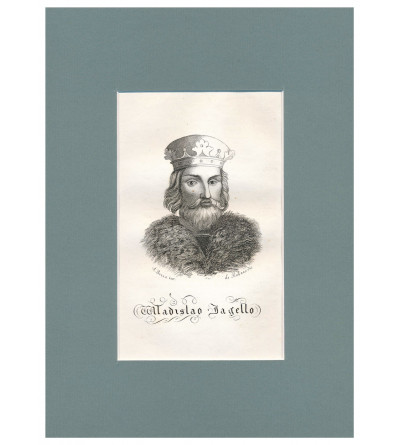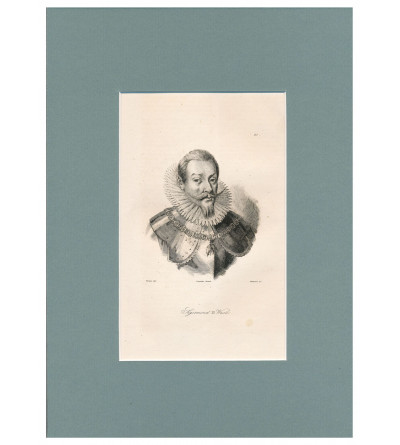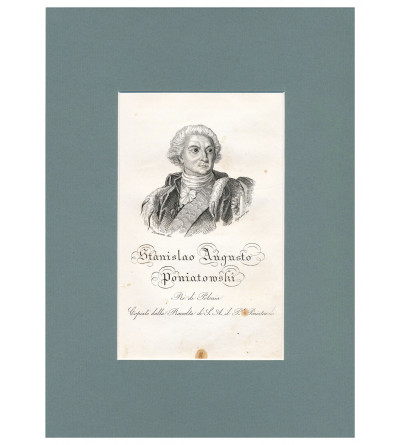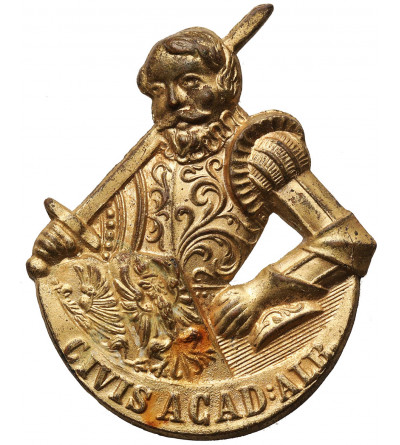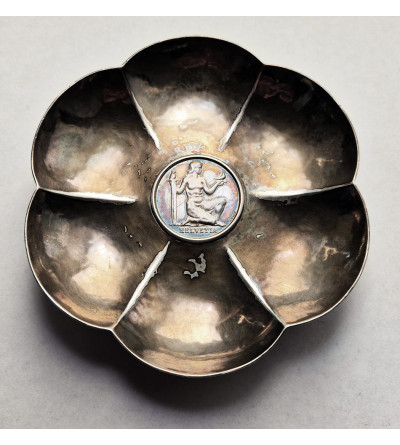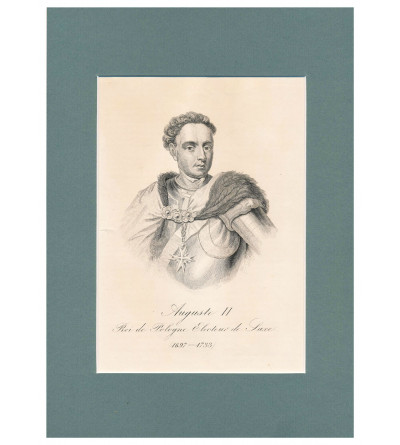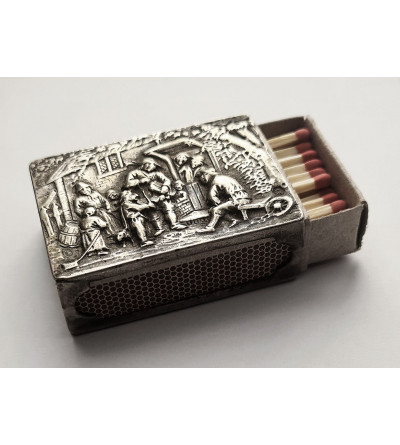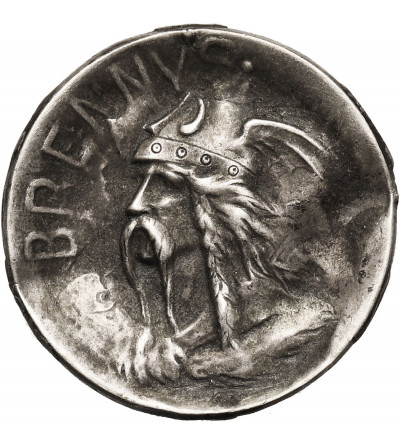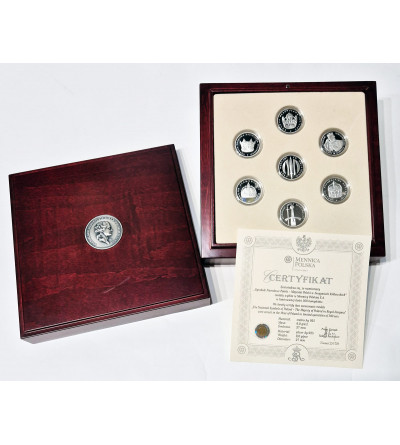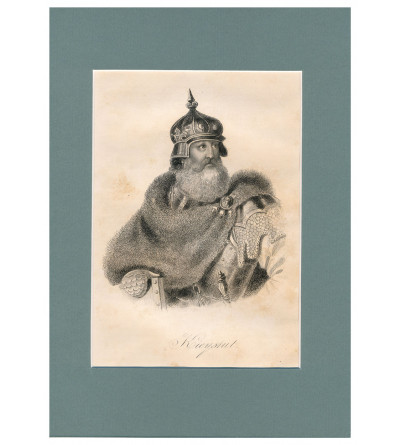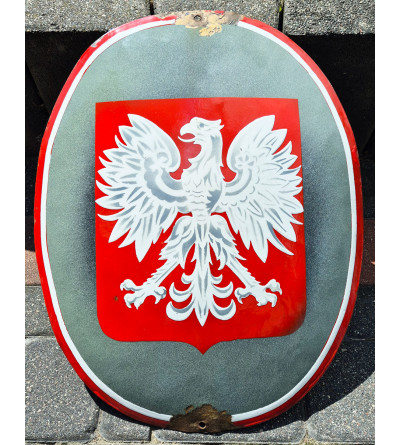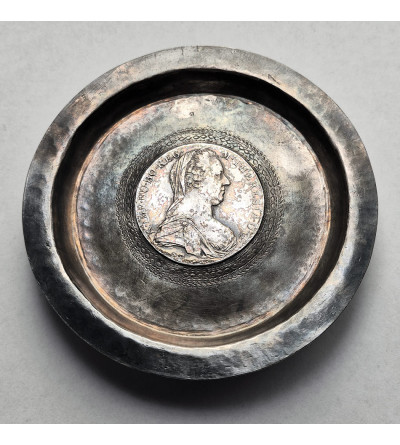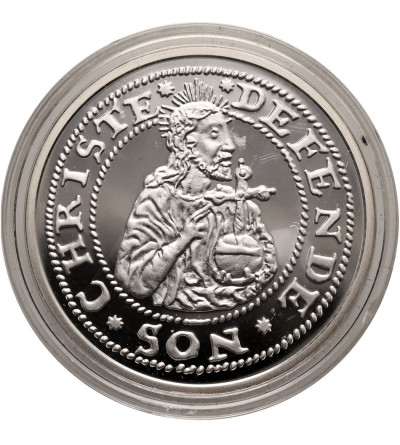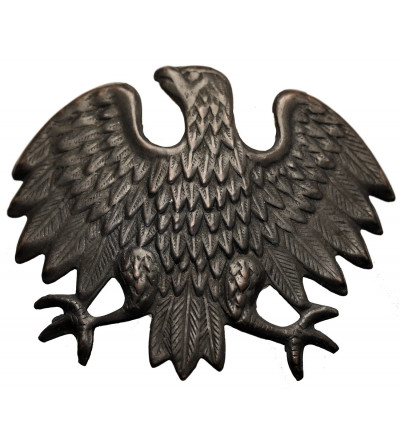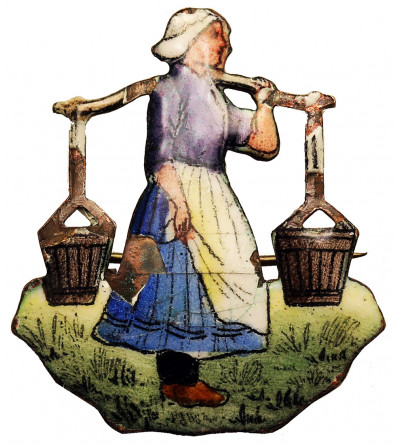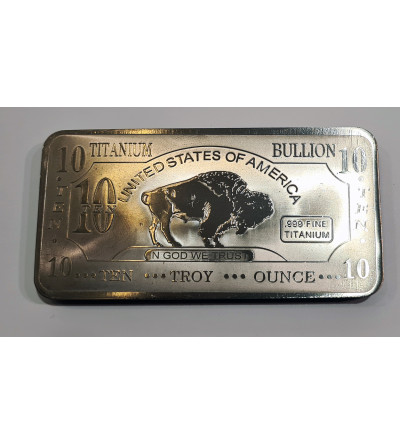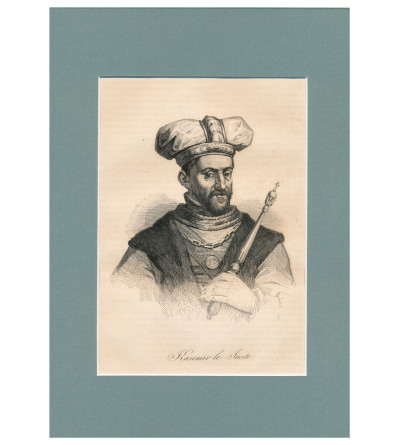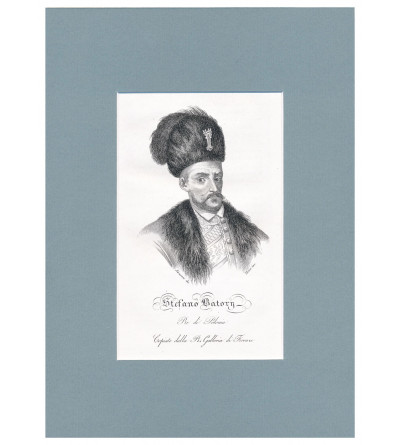Sigismund II Augustus (1520-1572). King of Poland and Grand Duke of Lithuania of the Jagiellonian dynasty. He was the son of Sigismund I the Old and Bona Sforza, who came from Italy. Thanks to his mother's foresight, he was the first (and only) king in Polish history to be elected vivente rege - that is, while his father was still alive. This occurred in 1529, while the coronation was carried out the following year. Sigismund Augustus was an only child and the sole candidate for the Polish throne. Despite this, his parents, especially his mother, did not give him the opportunity to acquire political savvy and military polish. In the opinion of the noble elite, he was raised "by women and Italians more fearful of women." In 1543, Sigismund married Elizabeth of the Habsburg family. He soon left for Lithuania, where he fell into an affair with local aristocrat Barbara Radziwillowna. After his wife's untimely death, he secretly stood on the wedding cake with his mistress. His union with the Lithuanian woman caused a huge scandal and led to an irreparable conflict between the young monarch and his mother, Bona. Sigismund Augustus took full power in both countries in 1548, and it was thanks to him that the Union of Lublin was concluded in 1569, consolidating the union between the Crown and the Grand Duchy of Lithuania. The king also decided to incorporate into Poland vast territories previously subject to Lithuania: Podlasie, Volhynia and Ukraine. He was said to be a monarch exceptionally averse to war. Compared to other rulers of the era, he was a relatively tolerant man. His great passion was collecting: he collected armor and decorated cannons, among other things. At the end of his life he got into controversial romances, especially the one with Barbara Gizanka, who was substituted for him by members of the influential Mniszech family. He died childless in 1572 as the last king of the Jagiellonian dynasty. Source: ciekawostkihistoryczne.pl
,,STORIA DELLA POLONIA" BY BERNARDO ZAYDLER - HISTORY OF POLAND IN PICTURES TOLD TO ITALIANS. The title of the work Storia della Polonia fino agli ultimi tempi scritta dal dottore Bernardo Zaydler Polacco membro della Regia Società degli Amici delle Scienze in Warsavia, e di pare-cchie accademie letterarie italiane can be translated as "History of Poland until the last times written by Dr. Bernard Zaydler, a Pole, member of the Royal Society of Friends of Sciences in Warsaw and similar literary academies in Italy." It was published in the Florentine outhouse V. Batelli e Figli, in 1831, that is, during the November Uprising, when the Polish-Russian war was taking place on Polish soil. The "ultimi tempi" mentioned in the title, however, did not include the uprising, and the last chapter of the book was devoted to the flourishing Kingdom of Poland under Tsar Nicholas I, whose portrait precedes the title page of the publication. The book consists of two volumes, the first of which has 440 pages and the second 720. The work is illustrated with 107 charts, created in intaglio by Florentine printmakers based on contemporary and ancient engravings. There are also two maps depicting the borders of Poland: pre-partition and from 1831.As Jadwiga Jaworska matter-of-factly describes the book's illustrations, they are "flimsy engravings made by mediocre engravers" . Most of their authors are known mainly from this very publication and only their names, often without first names, fixed in signatures under the compositions, have survived to our times. These included: Corsi , Verico , Adamo Bozza , Nasi, Cignozzi. Among the illustrators appears the name of Francesco Pieraccini , about whom also little is known. Source: Kamilla Pijanowska, National Museum in Warsaw.
